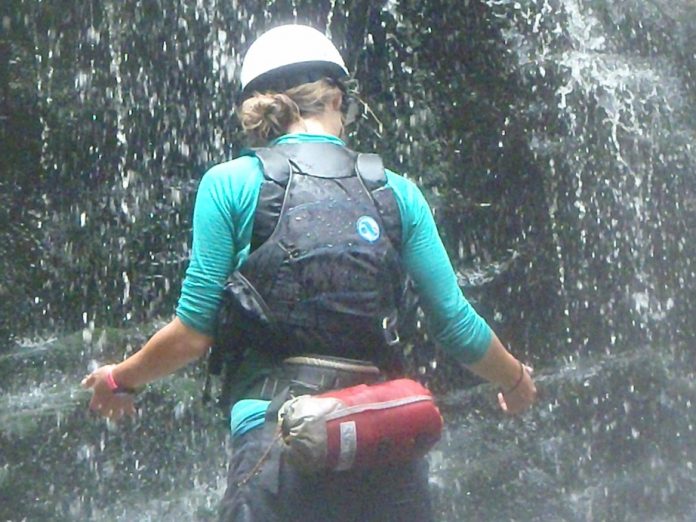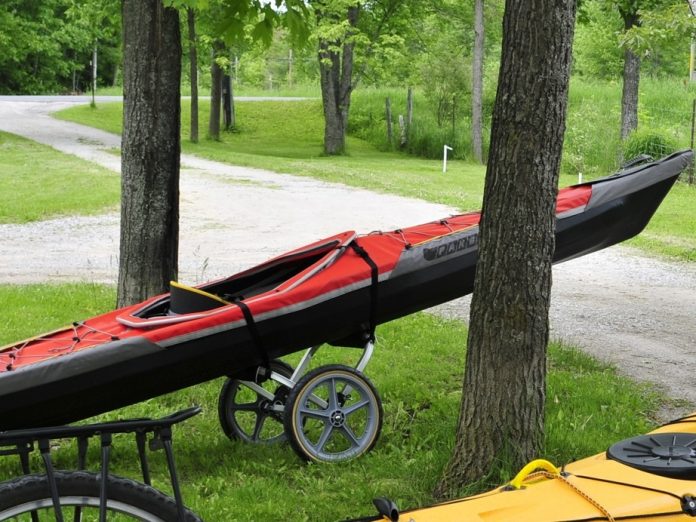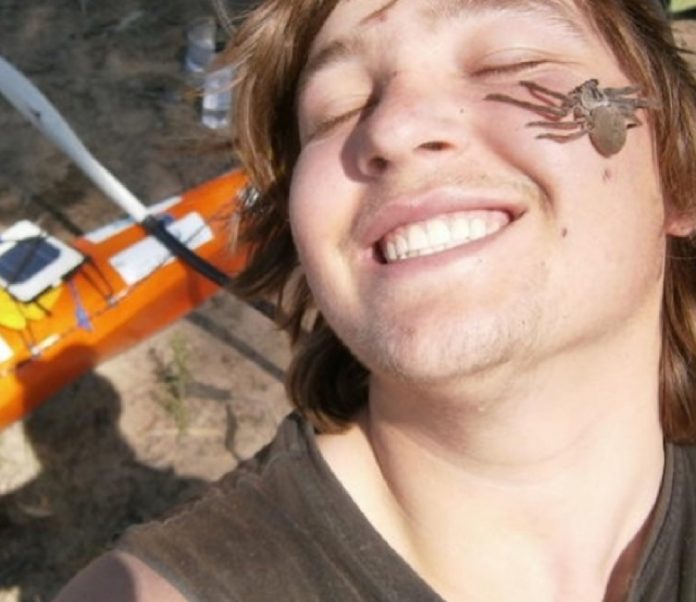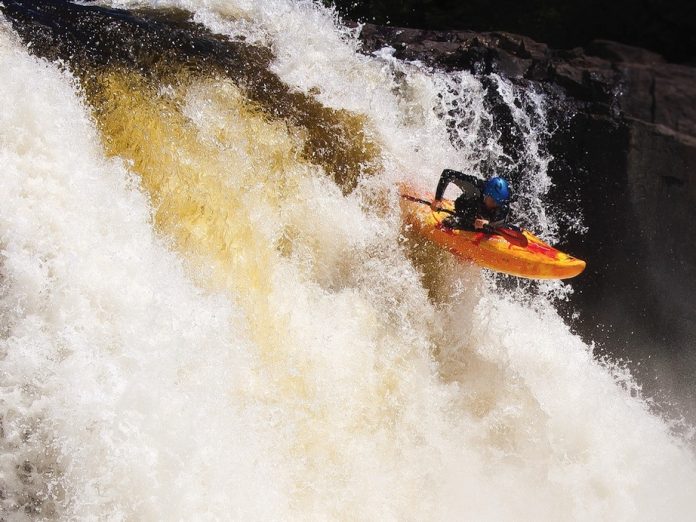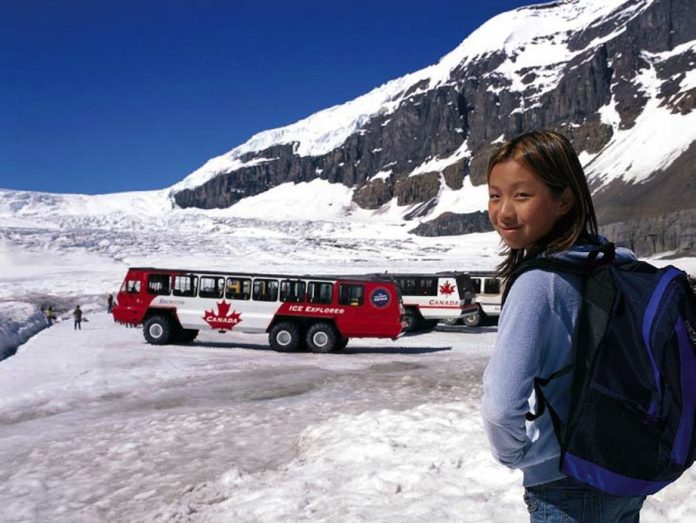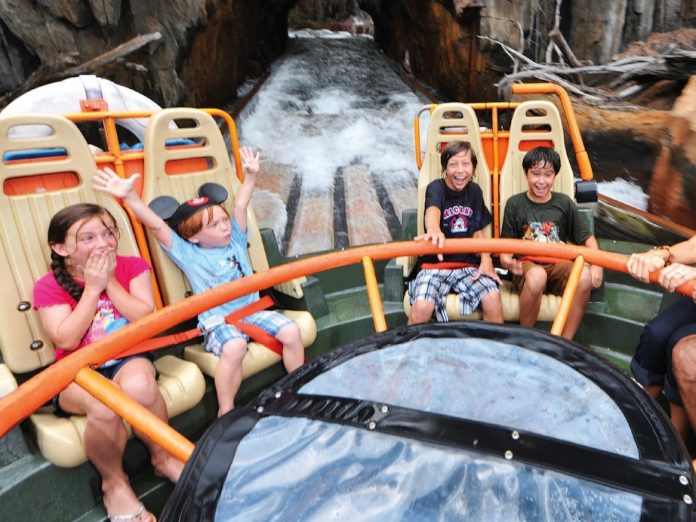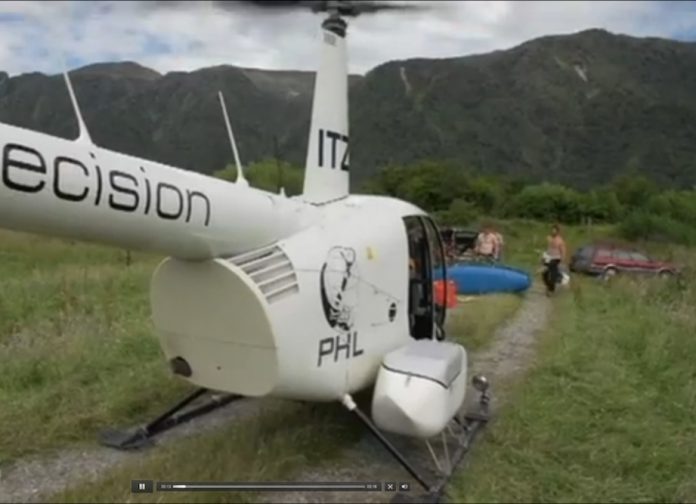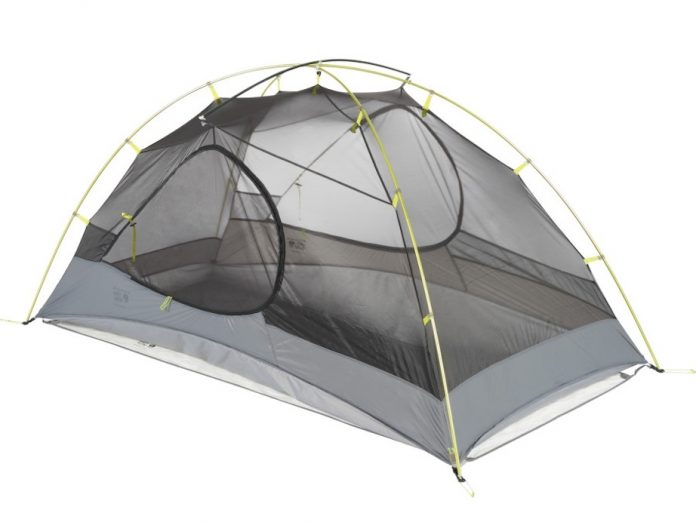The Batmobile of rescue gear, Astral Designs’ Greenjacket is a feature-laden rescue vest that packs all the essentials into a sleek and unassuming design.
Despite the PFD’s popularity among the pros and those I guided with, I didn’t go Green until the 2013 redesign caught my eye. Now, it’s easily a top choice for whitewater, but has also earned a place on many of my other trips, flatwater or river running.
The front-and-center snap tab holds my rescue tether securely but releases easily for quick rescues or in case of a snag. It’s a major improvement from the original Greenjacket’s less-durable plastic retainer that tended to break after too much use. I worried the snap would be similar—a bit too quick-release—but a full season of river running and mine hasn’t slipped yet.
I’ve started referring to the Greenjacket’s giant zippered pocket as my gear garage. It closes more securely than the Velcro and snap pocket on the original design and has inner pouches to organize its contents; I don’t have to dig through candy bar wrappers to get to my pulleys and prussics. The pocket’s stiff outer shell means I can load it up without it getting bulky or sticking out in the way of my paddle stroke—a pet peeve with other jackets I’ve tried.
Between the front pouch and zippered side pockets, there’s loads of storage space for all the equipment I carry—two pulleys, two prussics, a couple carabiners and a folding CPR mask—with room left over for few favorite extras. My waterproof camera and Snickers stash fit in without making the jacket feel bloated.
The knife attachment tab is on the front of the main pocket and near the bottom, so I definitely notice if I have overloaded (like when I shove a pair of neoprene mitts in there—possible, but not recommended) because the knife handle juts out from the bulging compartment. For ease of access, I still prefer the tab’s low location to other, higher on the chest knife tabs I’ve tried.
The Greenjacket has some rescue features I’m yet to use, like an emergency belay loop and storage space between panels for an Astral-specific throw rope (I prefer a throwbag around the waist).
Getting into the Greenjacket started with a few less-than-graceful attempts, since I’d never used a pull over PFD before switching to this vest. With a bit of practice it pulls on and off with ease—I only got lodged half in, half out once or twice before I learned to loosen the straps more than I was used to in my old side-entry jackets.
The PFD’s panel structure and torso-length adjustability makes for a comfortable, custom-feeling fit so I can move freely even when the straps are snug.
www.astraldesigns.com | $239.95
Click here for a lineup of 2013 PFD reviews.
Click here for more great whitewater gear reviews.
This gear review originally appeared in Paddling Magazine, December 2013. Download our free iPad/iPhone/iPod Touch App or Android App or read it on your desktop here.



